Debt can feel like a heavyweight holding you back from financial freedom. If you're ready to eliminate debt, you’ve likely come across two popular repayment strategies: the Debt Snowball and the Debt Avalanche. Both methods can help you achieve a debt-free life, but which one is right for you? Let’s break it down!
What is the Debt Snowball Method?
The Debt Snowball method, popularized by Dave Ramsey, focuses on paying off debts from smallest to largest, regardless of interest rates. Here’s how it works:
List all your debts from smallest to largest balance.
Make the minimum payments on all debts except the smallest.
Throw any extra money you have at the smallest debt until it’s gone.
Once the smallest debt is paid off, roll that payment into the next smallest debt.
Repeat the process until all debts are paid off!
Pros of the Debt Snowball
✅ Quick wins – Paying off smaller debts first provides motivation and momentum.
✅ Psychological boost – Seeing debts disappear encourages you to keep going.
✅ Simple and easy to follow – No need for complex calculations.
Cons of the Debt Snowball
❌ Might pay more interest over time – Since you ignore interest rates, you could end up paying extra in interest.
❌ Not the most mathematically efficient – If you have high-interest debt, it could take longer to pay off.
What is the Debt Avalanche Method?
The Debt Avalanche method is more focused on math and efficiency. Instead of tackling the smallest balance first, you prioritize debts with the highest interest rates. Here’s how it works:
List all your debts from highest to lowest interest rate.
Make the minimum payments on all debts except the one with the highest interest rate.
Use any extra money to pay off the highest-interest debt first.
Once the highest-interest debt is gone, move to the next highest.
Repeat the process until all debts are eliminated!
Pros of the Debt Avalanche
✅ Saves the most money – You’ll pay less in interest over time.
✅ Faster total payoff – Since less money goes toward interest, more goes toward principal.
Cons of the Debt Avalanche
❌ Takes longer to feel progress – Big debts with high interest can take a while to pay off.
❌ Less psychological motivation – If you thrive on small wins, this method may feel discouraging.
Which Debt Payoff Method Should You Choose?
Both methods work—what matters is which one will keep you motivated to become debt-free.
Choose the Debt Snowball if you need motivation and momentum from quick wins. If paying off small debts gives you the encouragement to keep going, this is the best approach for you!
Choose the Debt Avalanche if you’re focused on saving money and want to get out of debt as fast as possible. If you're disciplined and don’t need quick wins to stay motivated, this method will be the most cost-effective.
No matter which method you choose, the most important thing is to take action and stick with your plan. Your financial freedom is worth it!
💡 Need help getting started? Check out our Debt Payoff Tools at IWasBrokeNowImNot.com.


